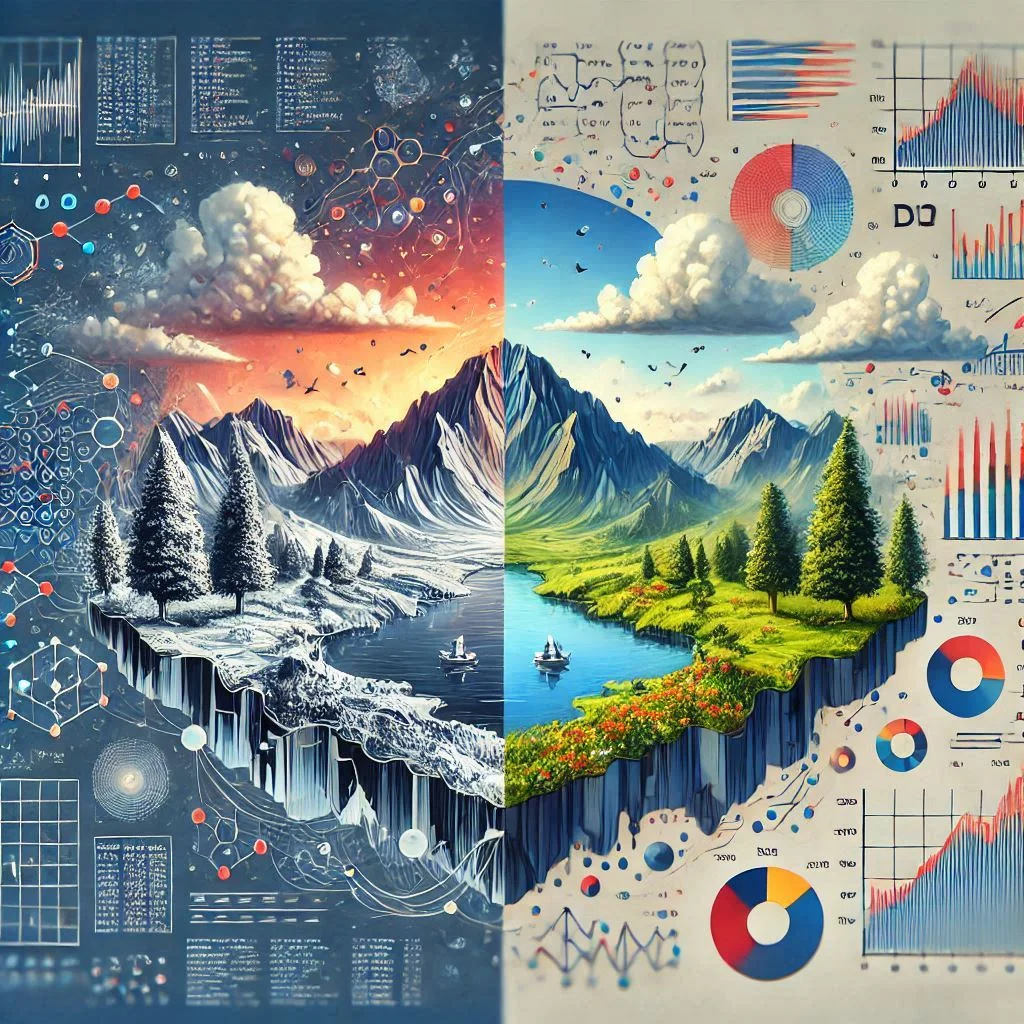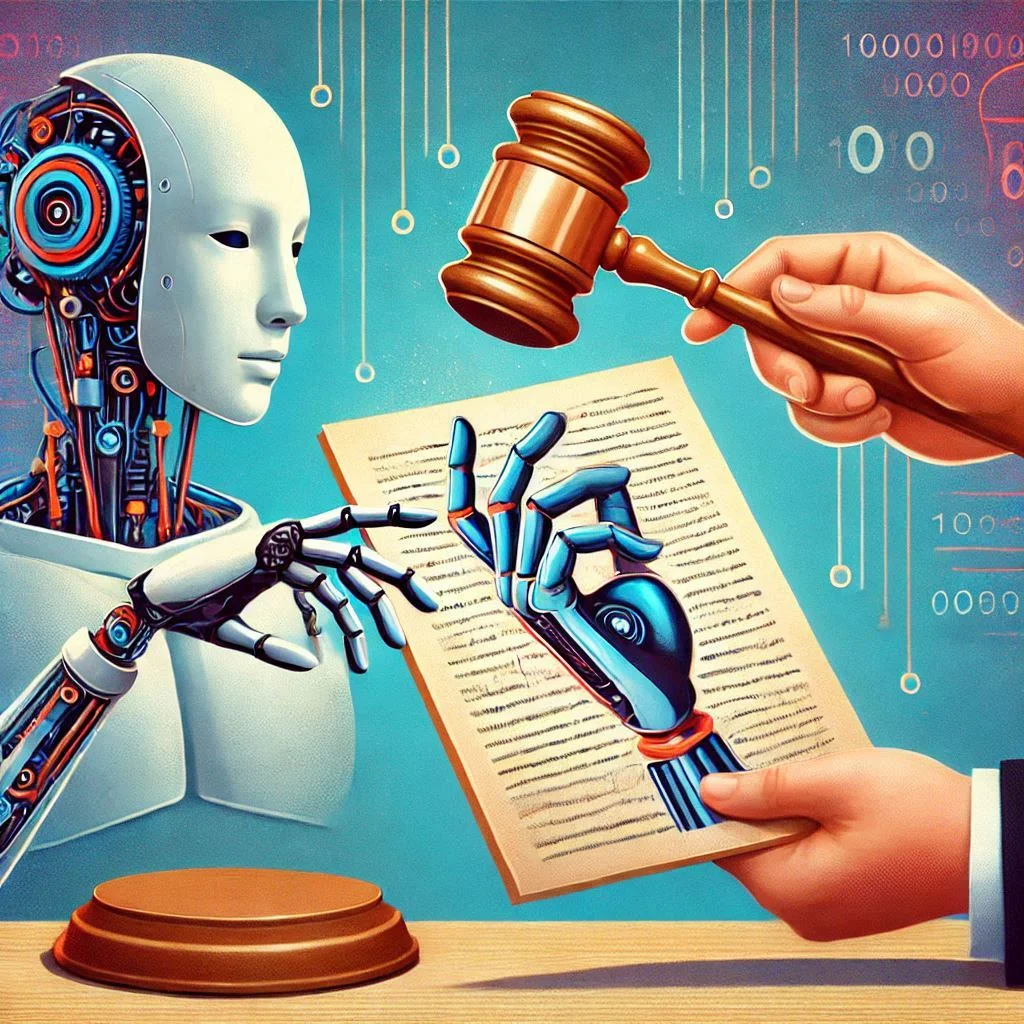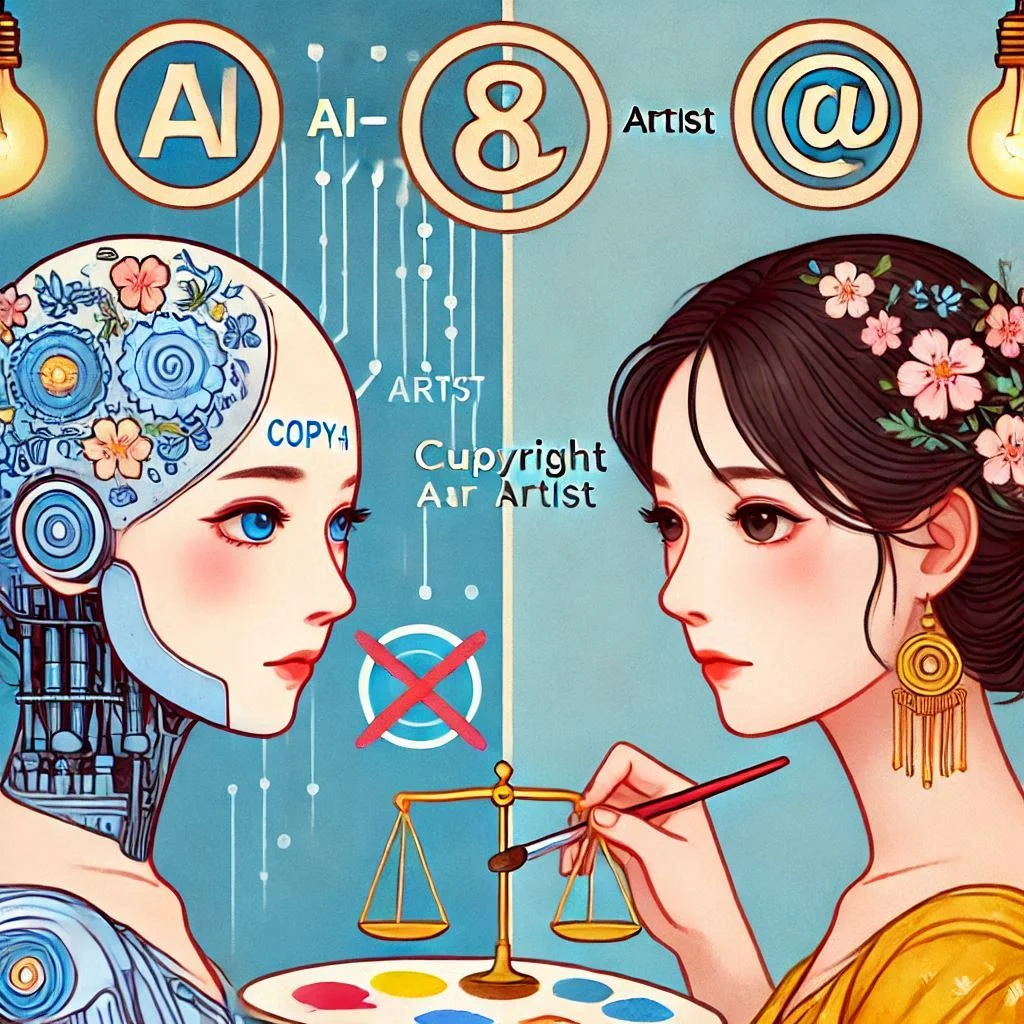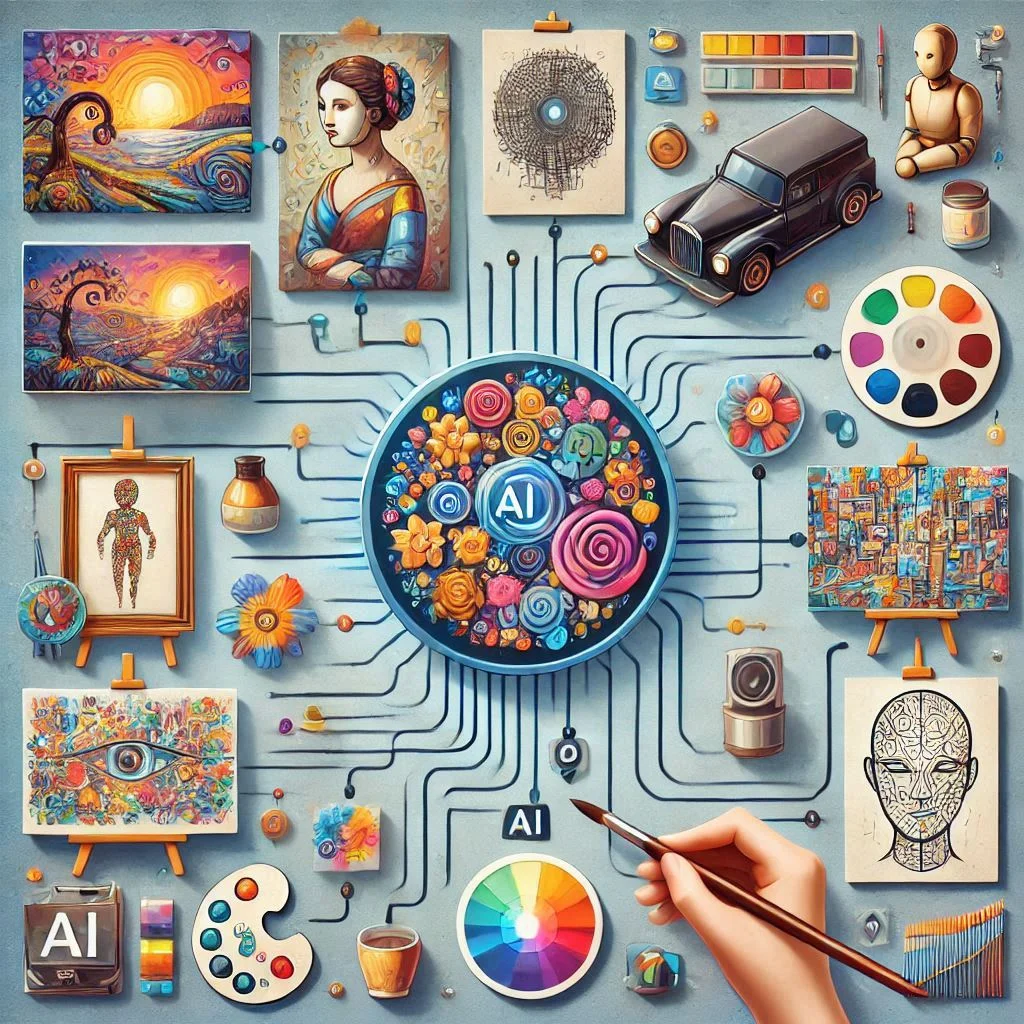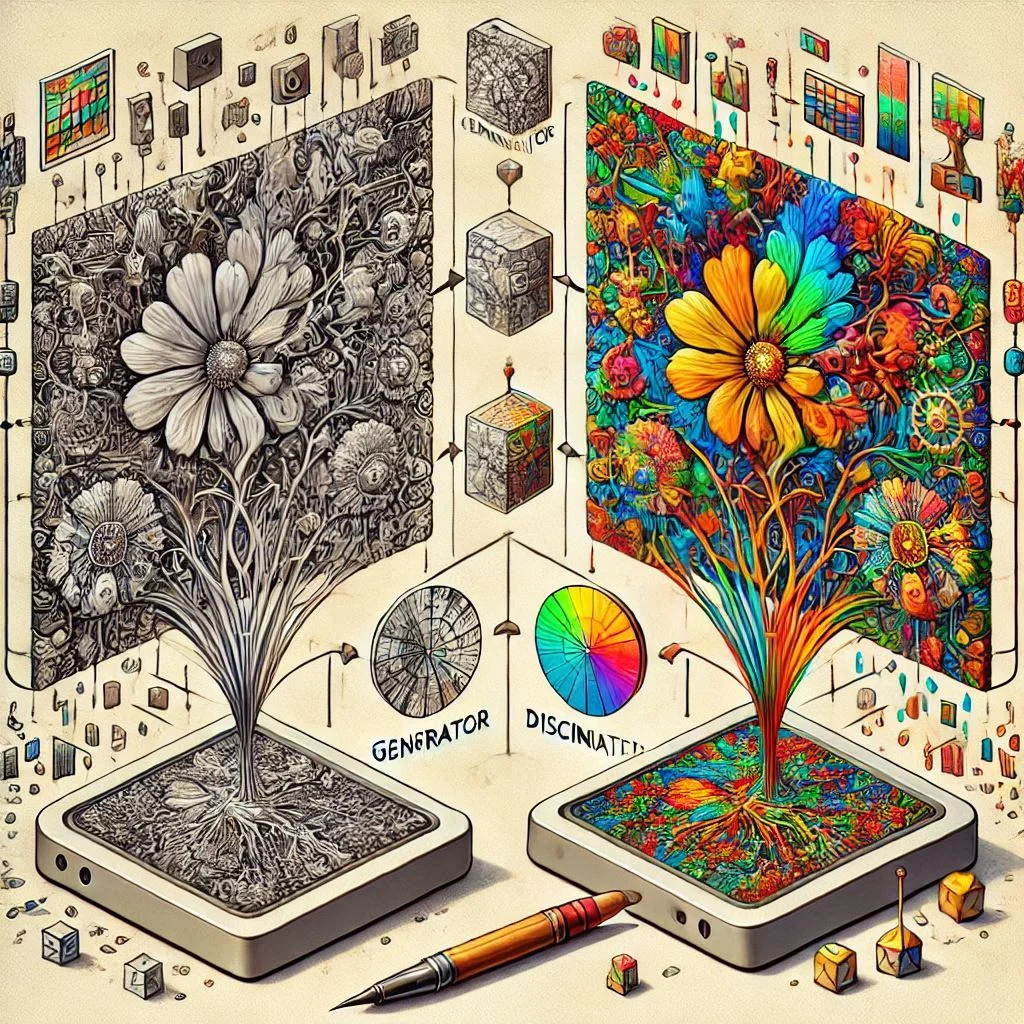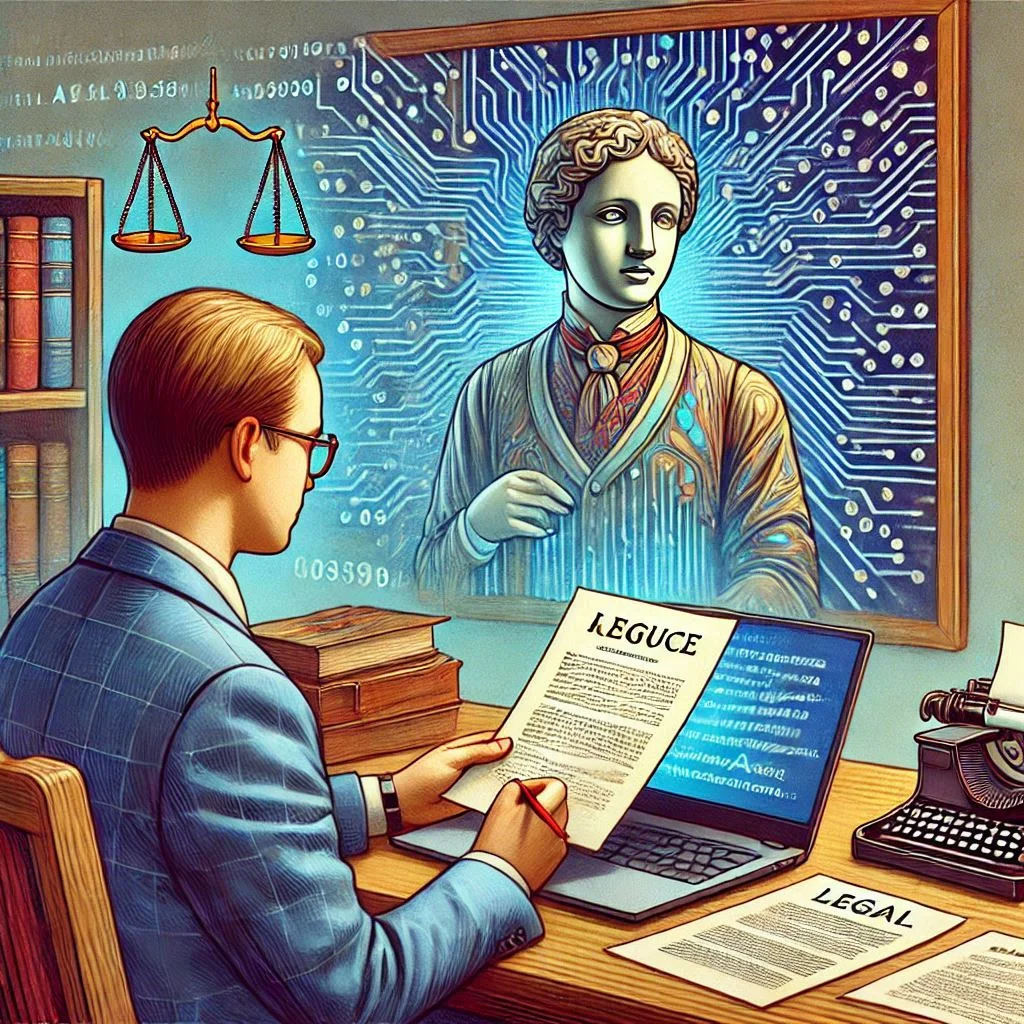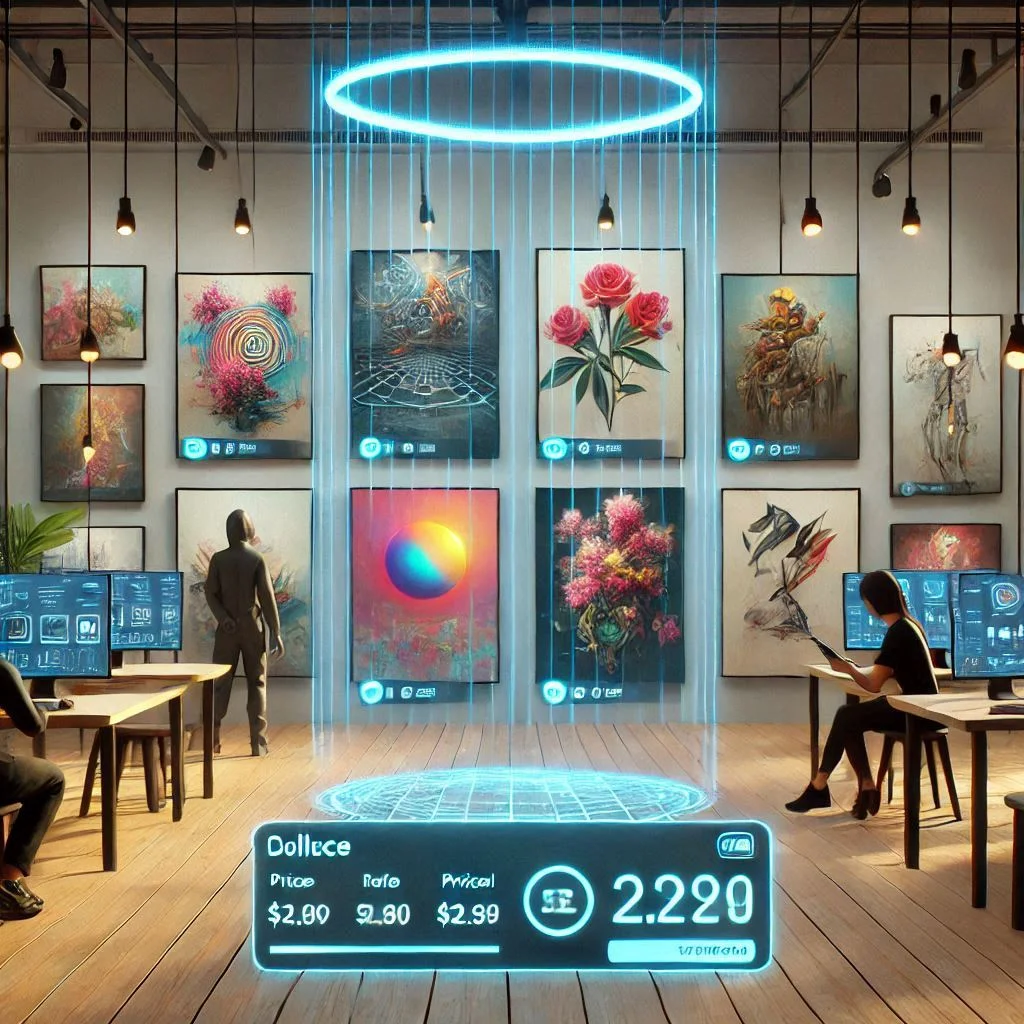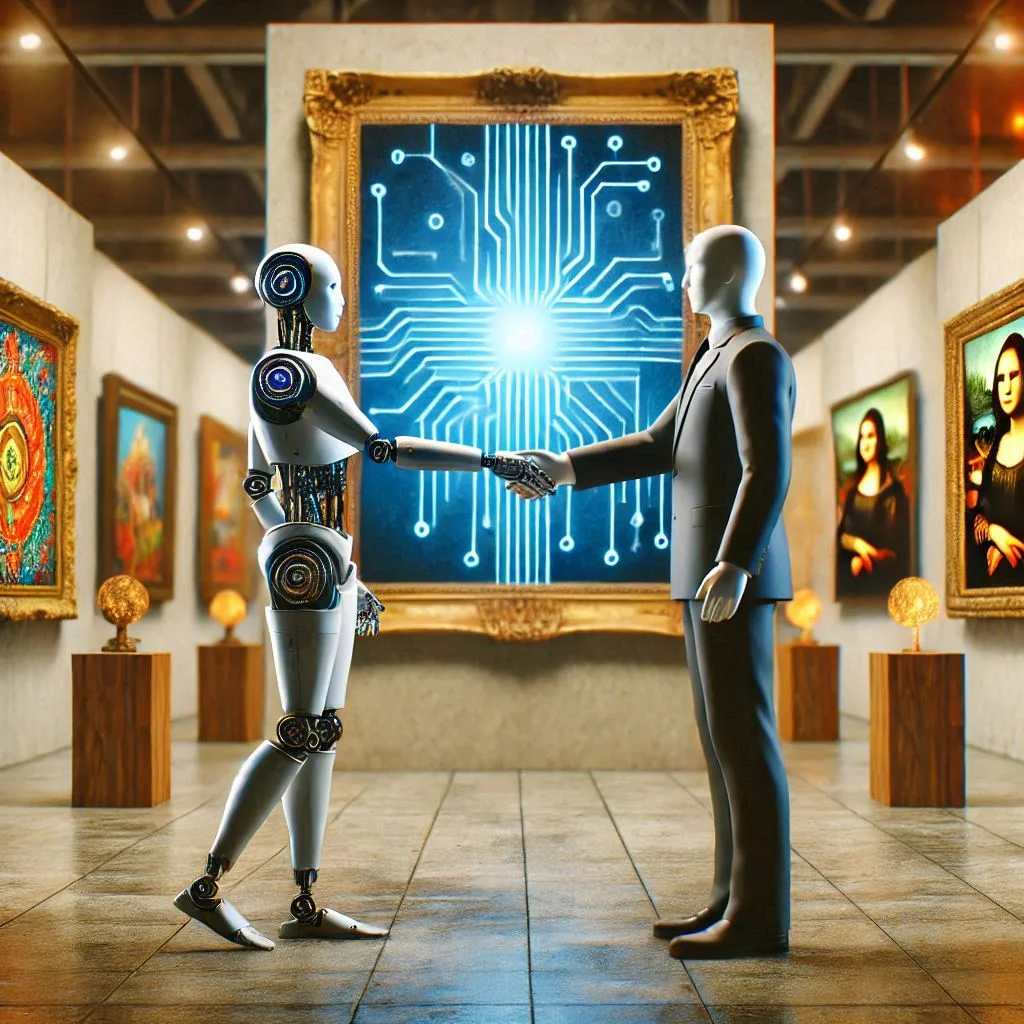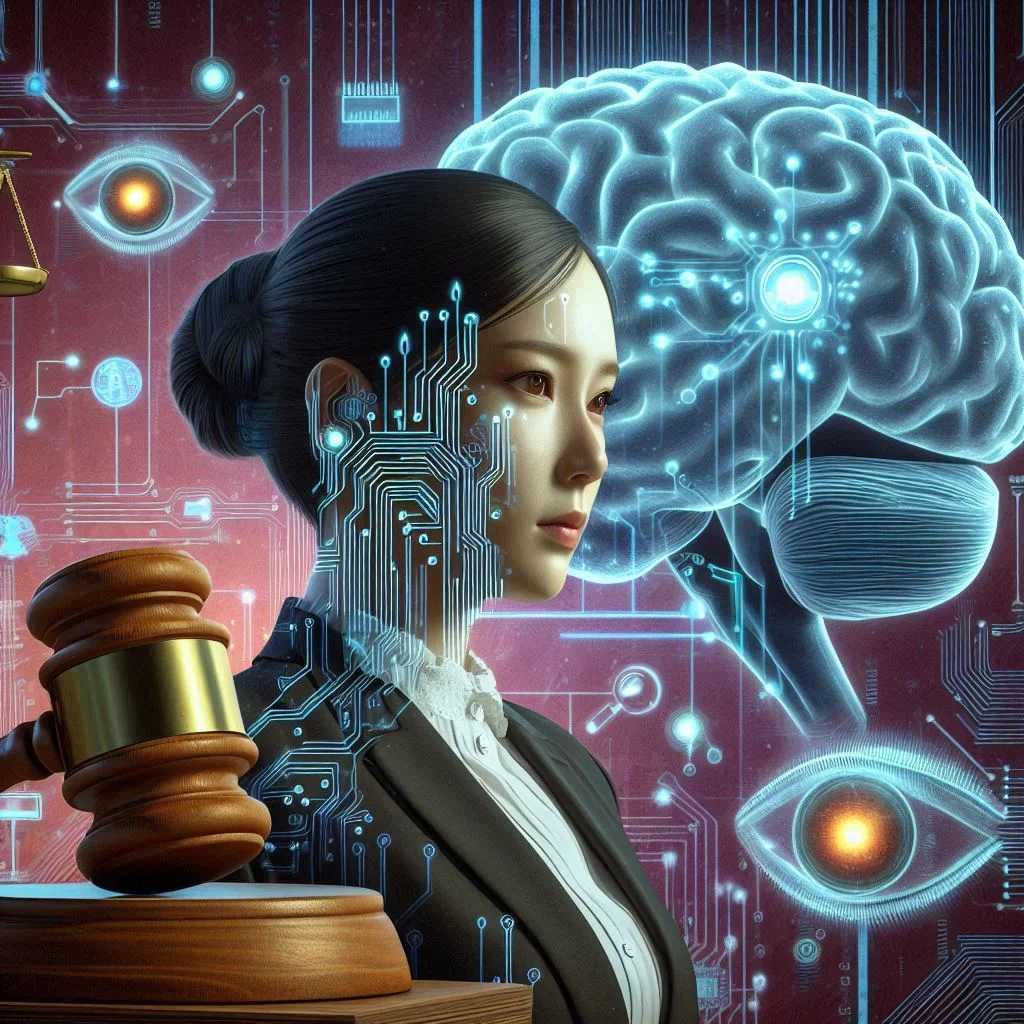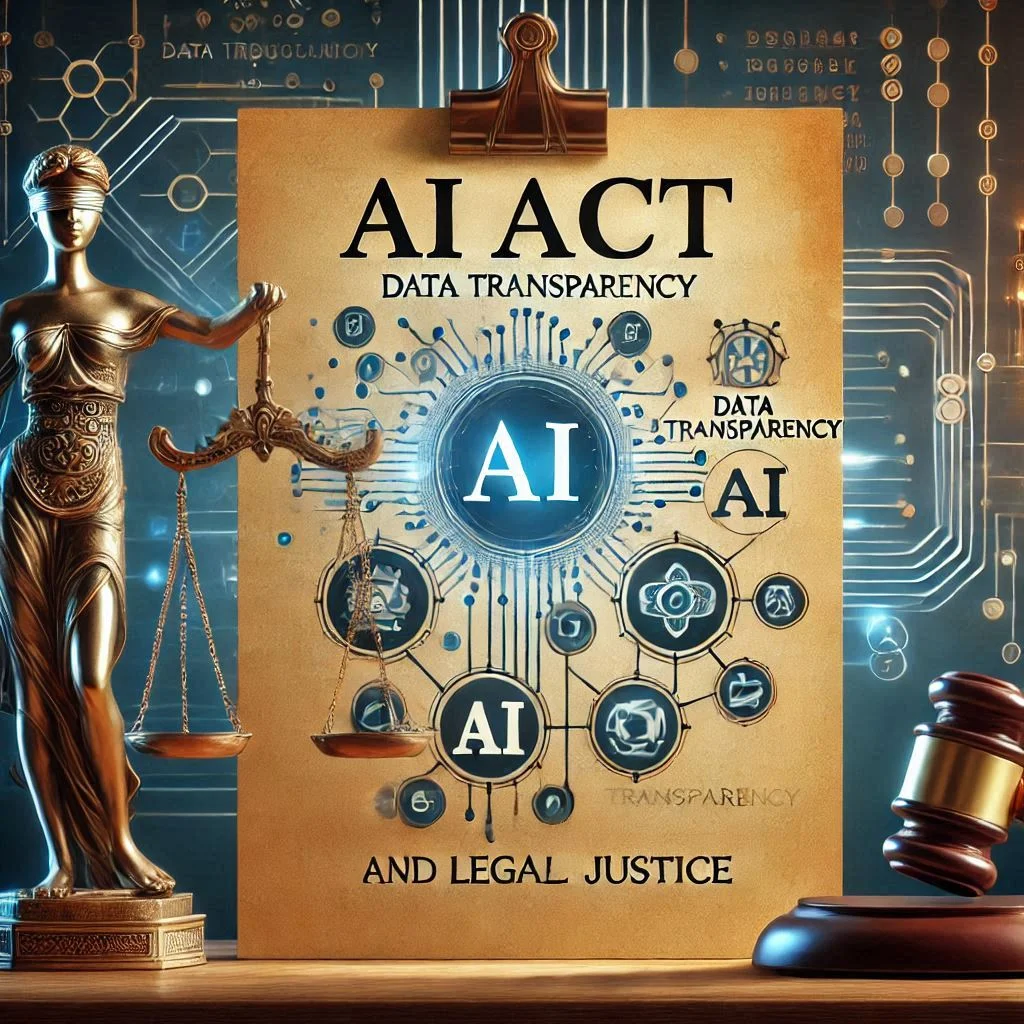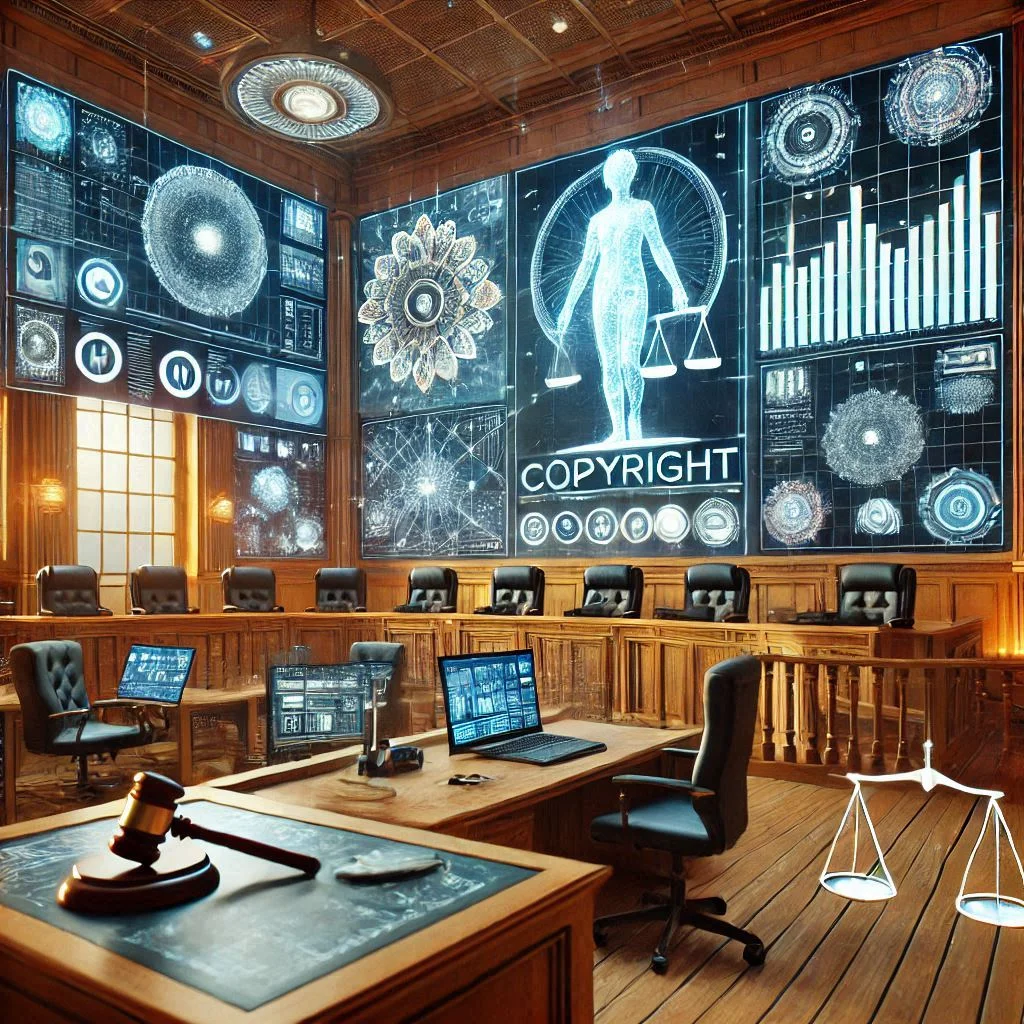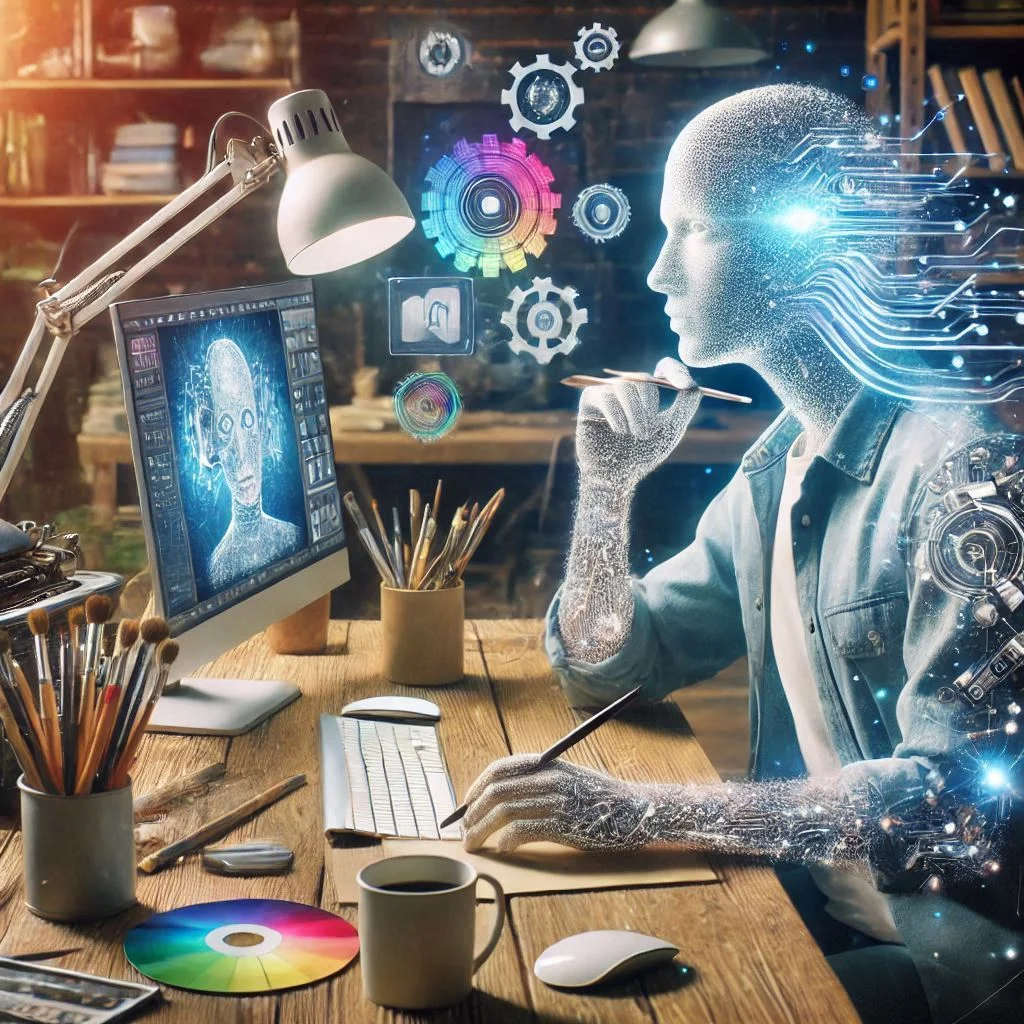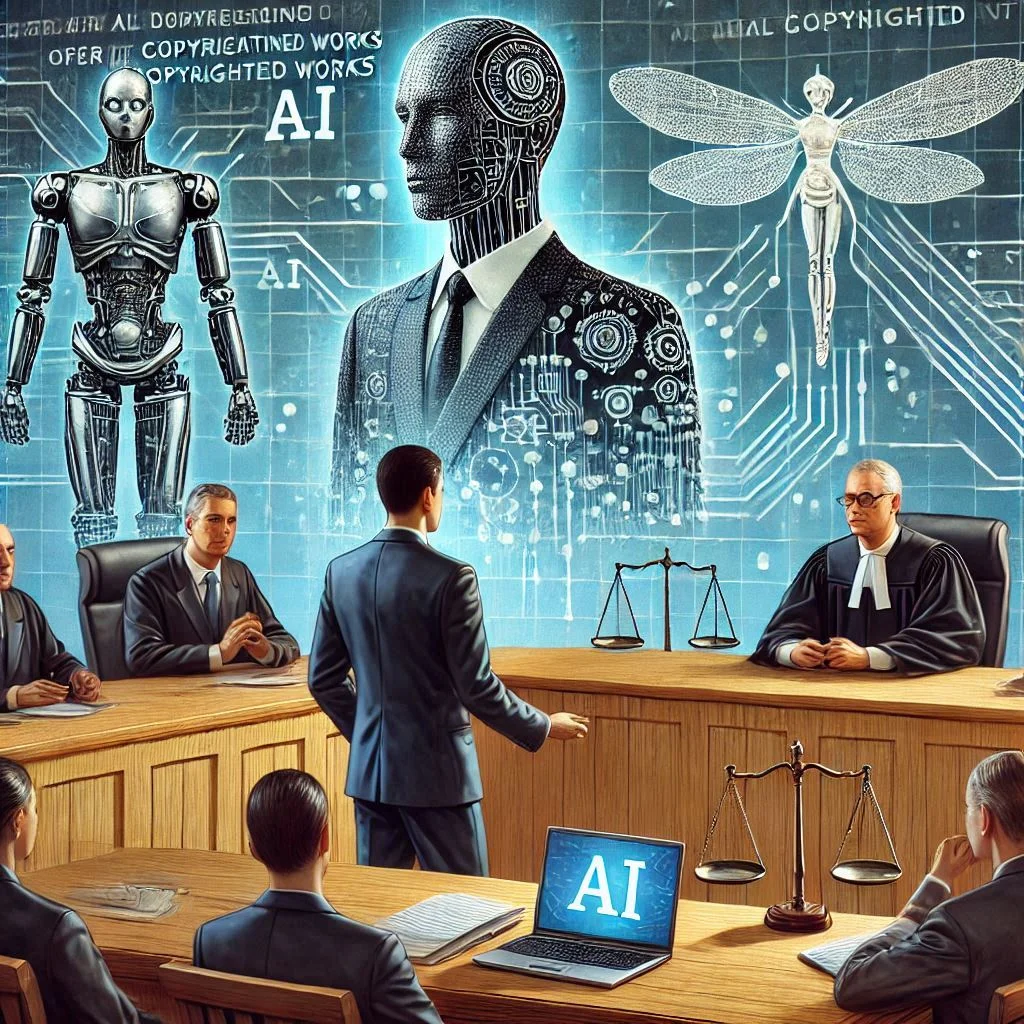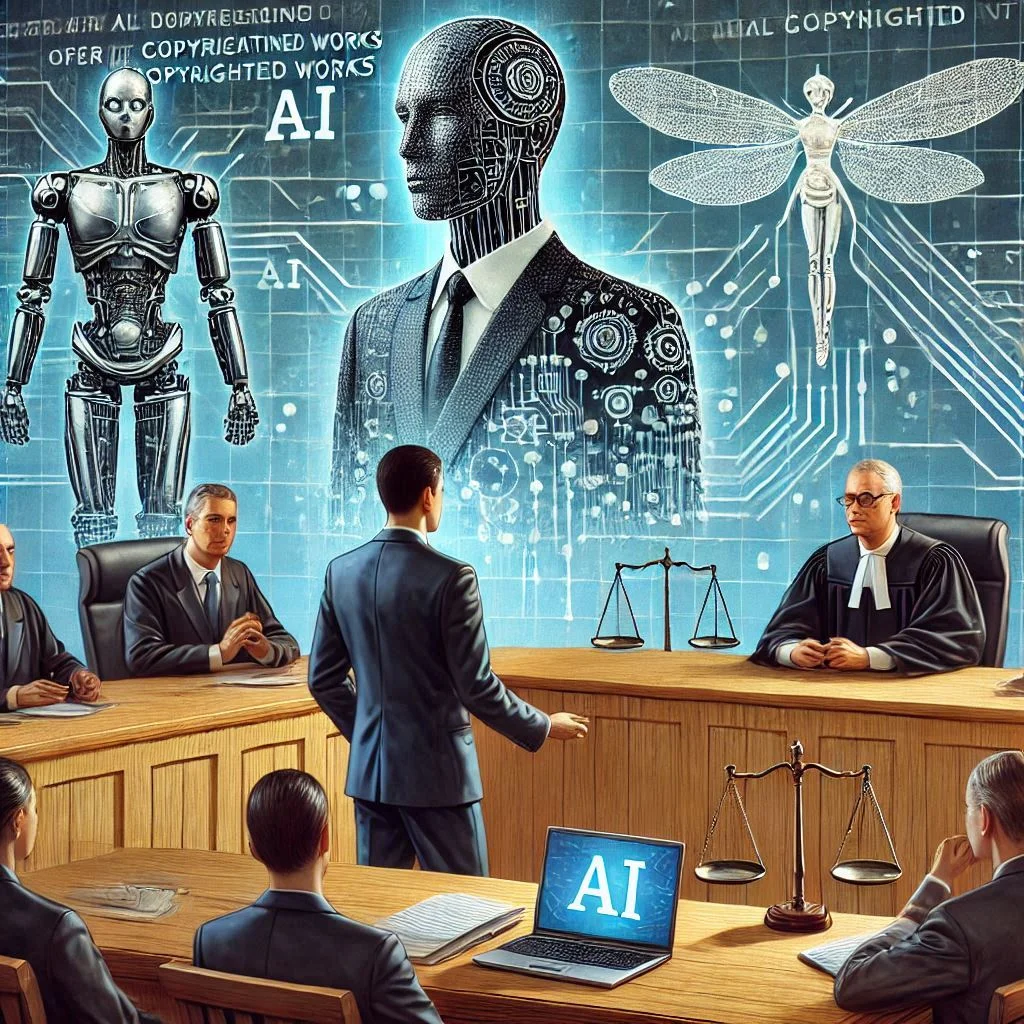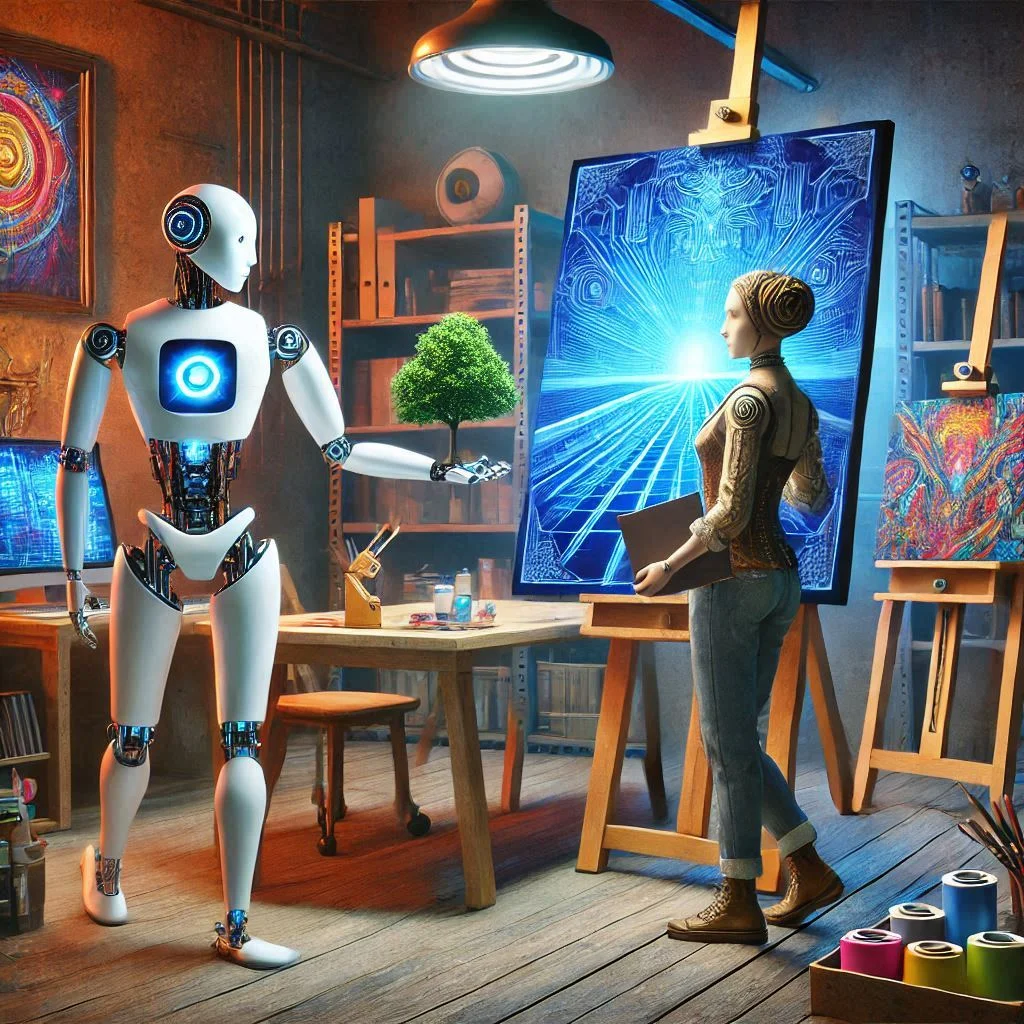Are AI-generated images copyrighted? With the rise of AI technology, it’s essential to understand the legal implications surrounding AI-created visuals. This article explores the complexities of copyright law as it applies to AI-generated content.
In the context of images, AI tools can create visual art, illustrations, and even photographs that resemble those made by human artists. This type of content includes various art forms, such as digital paintings, drawings, 3D renderings, and stylized photographs, produced with the assistance of generative AI models.
As AI becomes increasingly capable of producing high-quality, creative works, it raises important questions surrounding ownership, copyright, and the ethical implications of machine-generated content. This creates a legal grey area, as AI lacks the legal standing to own or claim authorship of its creations, which leads to ongoing debates in copyright law.
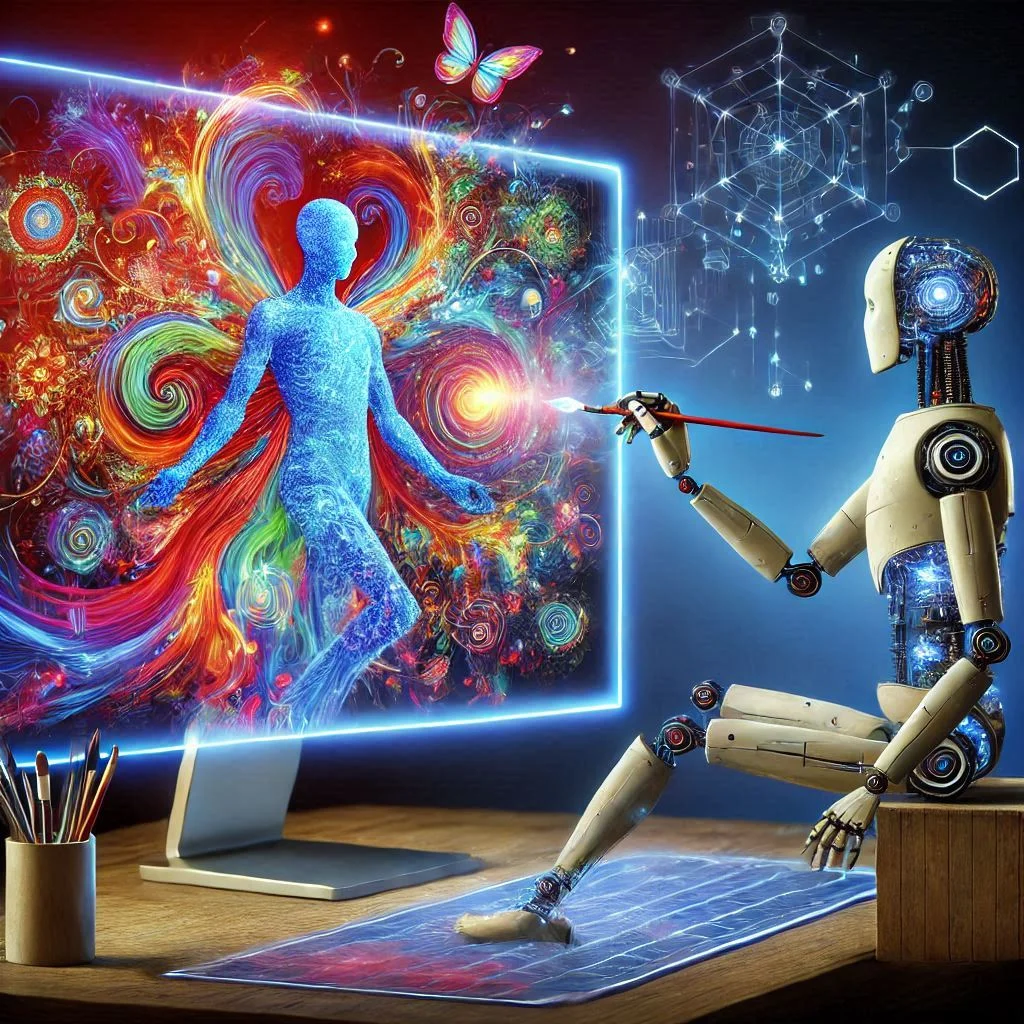
How AI Creates Images and Art
AI creates images and art through sophisticated techniques in machine learning, particularly using neural networks that are designed to mimic human creativity. The most common technique used for AI image generation is called Generative Adversarial Networks (GANs). These networks consist of two main components: a generator and a discriminator.
- The Generator: This AI component creates new images based on random noise or initial input, such as text prompts, reference images, or even pre-existing artworks.
- The Discriminator: The discriminator evaluates the generated images and determines how close they are to resembling realistic or human-made artwork. It “guides” the generator, helping it improve and produce higher-quality images over time.
Through repeated iterations, the generator learns to produce increasingly sophisticated visuals that can resemble real-world objects, scenes, or imaginative concepts. This process enables AI systems to create artworks in various styles, from realistic portraits to surreal, abstract compositions.
Another technique often used for generating images is deep learning models like CLIP (Contrastive Language-Image Pretraining). CLIP is a neural network trained to understand the relationship between images and textual descriptions. This allows users to input text prompts (e.g., “a sunset over a mountain range”) and have the AI generate corresponding images.
AI can also create artwork by analyzing massive datasets of existing art. By studying the styles, colors, techniques, and compositions of human artists, AI systems can generate images that appear to mimic specific artists or art movements.
As AI technology continues to evolve, the generated images become more intricate and detailed, approaching or even surpassing human creative output in certain areas.
Are ai generated images copyrighted?
The Legal Landscape of AI Copyright Law
AI-generated art has created a complex and evolving legal landscape for copyright law. As AI continues to push the boundaries of creative production, the question of who owns the rights to AI-generated artwork remains a hot topic. The central issue in this debate is that copyright law traditionally requires a human author for a work to be protected. In the United States, the U.S. Copyright Office currently stipulates that only works created by humans can be copyrighted. This creates a grey area when AI is involved in the creation process.
Under current law, if an artwork is entirely generated by AI without significant human intervention, it cannot be copyrighted. This is because copyright law is based on the notion of originality and authorship, which is inherently tied to human creativity. However, the legal stance changes when humans significantly contribute to the creation process. If a person provides creative input by feeding a prompt or guiding the AI’s artistic direction, they may be able to claim authorship of the final work. In this case, the human creator could potentially register a copyright for the AI-generated art.
Despite this, several legal scholars, artists, and tech experts are debating whether copyright laws should be updated to accommodate AI as an “author.” As AI technology continues to improve and produce more sophisticated art, legal systems around the world are facing increasing pressure to reform their laws to address this issue.
Copyright and Digital Art: Are AI Images Copyright-Free?
One of the main concerns surrounding AI-generated art is whether these images are copyright-free. Under current copyright laws, AI-generated images are not automatically granted copyright protection because copyright is based on human authorship. This means that unless a human plays a significant role in the creation process, the artwork remains in the public domain and is not protected by copyright law.
If AI is used purely as a tool by an artist, similar to how a paintbrush or camera is used, the resulting artwork may still be eligible for copyright protection. In this case, the human artist retains the copyright to the final image. However, if the AI produces the work autonomously, without human creative input, there is no copyright ownership.
For digital art that is created entirely by AI, it’s essential to understand that while the artwork may not be copyrighted, it doesn’t mean it’s free for use. Some jurisdictions may apply non-copyright protections or other intellectual property laws, such as trademark law, to safeguard the artwork. Additionally, AI art platforms and developers might have terms of service that grant ownership or usage rights over the AI-generated art, even if the copyright doesn’t exist.
The legal challenges surrounding the ownership and protection of AI-generated art will likely continue to evolve as the technology advances. Artists, businesses, and legal professionals must stay informed about changing laws and regulations to navigate the complexities of AI-generated content and digital art rights.
The Role of AI in Image Creation
The Basics of AI in Art
AI in art refers to the use of machine learning algorithms to create or assist in creating artwork that mimics human creativity. AI systems are trained on vast datasets of existing artwork and artistic principles, allowing them to understand and generate new visual concepts based on learned patterns. This advancement in AI has expanded the possibilities of creativity, enabling the production of visually stunning and complex works without the need for human intervention in every step.
At the core of AI in art is the ability of machines to generate images that follow the visual styles, techniques, and structures inherent in artistic traditions. AI tools such as Generative Adversarial Networks (GANs) and Deep Learning models have paved the way for these creative endeavors. These AI systems can generate a wide range of artistic outputs, from abstract paintings to hyper-realistic images, based on specific inputs or even random noise.
While AI art lacks the conscious, emotional connection that human artists often embed in their work, it opens new doors for artistic exploration and serves as a tool for artists and designers to enhance their creative processes. This technology provides opportunities for innovation and experimentation, especially when combined with human direction, offering a fusion of human creativity and machine precision.
Discover 100+ AI Image Generators for Free.
How AI Generates Images: Techniques and Processes
AI generates images using several advanced techniques, the most prominent of which is Generative Adversarial Networks (GANs). This deep learning model consists of two neural networks: the generator and the discriminator. The generator creates new images, while the discriminator evaluates how realistic the images are. These two networks work in opposition, refining each other until the generated images are indistinguishable from real-world images.
Here are the key techniques involved in how AI generates images:
- Generative Adversarial Networks (GANs): GANs are the most widely used technique for generating high-quality images. The generator produces images based on a set of input data or random noise, and the discriminator assesses the quality. Over time, the generator improves, creating increasingly realistic and visually appealing images.
- Deep Convolutional Neural Networks (DCNNs): DCNNs, often used in image classification, can also be employed for generating images. These networks are designed to mimic the human visual system, enabling AI to understand and generate visual content by analyzing patterns, textures, and structures.
- Style Transfer: AI can generate images by applying the artistic style of one image to the content of another. Known as style transfer, this technique allows AI to combine elements of a photograph with the stylistic elements of an artwork, such as a famous painting, creating hybrid visual outputs.
- Text-to-Image Generation: In this process, AI can generate images directly from textual descriptions, such as “a futuristic city skyline at sunset.” Using models like CLIP (Contrastive Language-Image Pretraining), AI can interpret the input text and generate corresponding visual representations, making it possible to create highly specific and imaginative images from simple descriptions.
- Reinforcement Learning: Some AI systems use reinforcement learning to improve the generation of images. In this process, the AI system learns to generate images through trial and error, optimizing its approach based on feedback or rewards.
These techniques allow AI to create a wide variety of images, from realistic photographs to surreal, imaginative pieces. By leveraging vast datasets of art and real-world images, AI can produce high-quality art in diverse styles and forms, from portraits and landscapes to abstract designs.
Can I Sell Art Created by AI?
Selling AI-generated art is an exciting opportunity for creators, but it comes with unique legal and ethical considerations. Whether you’re an independent artist, a business owner, or a collector, understanding the rules and responsibilities associated with selling AI-created art is essential to avoid legal pitfalls and make the most of this innovative medium.
Selling AI-Generated Art: Legal Considerations
When it comes to selling AI-generated art, the primary question is: who owns the rights to the artwork? The answer largely depends on how the art was created and the terms associated with the AI tool used.
1. Ownership of AI-Generated Art
In most cases, the creator of the artwork—the individual or entity that provided the input for the AI—holds ownership rights to the generated piece. However, this is not universally applicable. If the AI operates independently without human creative input, copyright law often places the resulting art in the public domain. Understanding whether your artwork qualifies for copyright protection is critical when preparing to sell.
- Example: If you use a text-to-image AI model and guide it with specific prompts or creative input, you may claim ownership. However, if the AI autonomously generates an image with no human direction, it may lack clear ownership under current copyright laws.
2. Licensing Agreements of AI Platforms
AI platforms often have specific terms of use that define who owns the rights to the generated art. Before selling, it’s important to review these agreements to ensure compliance.
- Exclusive Rights: Some platforms grant you exclusive ownership of the output, allowing you to sell the artwork freely.
- Non-Exclusive Rights: Others retain shared rights, meaning the platform or other users may also have the ability to use or sell similar outputs.
For example, OpenAI’s DALL-E and similar platforms may allow you to sell your creations but require adherence to their licensing terms.
3. Commercial Use Permissions
Many AI-generated artworks are created using datasets sourced from existing works. If the AI model was trained on copyrighted material, selling art derived from such data might lead to legal disputes. Ensuring the dataset is free of copyrighted material or obtaining commercial use permissions can protect you from potential lawsuits.
4. Ethical Considerations
While selling AI-generated art is legal in most jurisdictions, ethical considerations also come into play. Buyers may want transparency regarding the creation process, particularly if the artwork is predominantly machine-generated with minimal human involvement.
- Clearly labeling the artwork as “AI-generated” can help maintain trust with your customers and comply with potential legal obligations to disclose the origin of the work.
5. Tax Implications and Business Structure
Selling AI-generated art may also involve understanding tax implications and choosing the right business structure. Depending on your location, sales tax, intellectual property taxes, and licensing fees could apply.
6. Market Trends and Monetization Opportunities
AI-generated art is increasingly gaining acceptance in galleries, online marketplaces, and NFT platforms. Leveraging these platforms to sell your creations can open up new revenue streams. NFT marketplaces, for instance, provide a decentralized way to sell AI-generated art while retaining a percentage of royalties for future sales.
Practical Tips for Selling AI Art
To successfully sell AI-generated art, consider these practical steps:
- Select the Right Platform: Choose a platform that supports the type of artwork you want to sell, whether it’s a traditional art marketplace, an NFT platform, or a dedicated AI art community.
- Set Transparent Pricing: Be clear about pricing and the uniqueness of your artwork. Highlight any human contribution to increase perceived value.
- Provide Usage Rights: Clarify what rights the buyer acquires, such as whether they can reproduce, modify, or resell the art.
- Use Metadata for NFTs: If selling as NFTs, include metadata explaining the creative process and ownership terms to enhance buyer confidence.
- Stay Informed About Legal Changes: AI art laws are evolving rapidly. Keep track of legal updates in your region to ensure compliance.
Challenges and Future Outlook
Despite the growing interest in AI-generated art, challenges remain:
- Copyright Ambiguity: Ongoing legal debates about copyright ownership create uncertainties for sellers.
- Market Saturation: With the proliferation of AI tools, the market for AI art is becoming increasingly competitive.
- Technological Dependence: The reliance on AI platforms means sellers must stay updated on tools and trends.
However, the future looks bright for AI art. As legal frameworks become more defined and technology continues to improve, AI-generated art will likely gain broader acceptance as a legitimate and valuable form of creativity.
The Future of AI and Copyright Law
The rapid advancement of artificial intelligence has outpaced existing copyright laws, creating a need for updated legal frameworks. As AI continues to redefine creativity, governments, policymakers, and industry leaders must address the challenges posed by AI-generated content while ensuring fair use, innovation, and protection for creators.
Adapting Copyright Rulings to AI Advancements
As AI evolves, so too must the laws that govern intellectual property. Current copyright laws were designed for human creators, making it difficult to apply them to AI-generated works. The debate centers around three key areas:
1. Defining Authorship in the Age of AI
Copyright law traditionally grants ownership to the creator of a work, but who is the creator when AI generates the content? In most jurisdictions, AI cannot be considered an author. Instead, the person or entity guiding the AI with inputs or prompts may hold the rights. However, this raises questions about the level of human involvement required to claim authorship.
- Example: Courts in the U.S. have ruled that purely AI-generated works are not eligible for copyright protection unless significant human creativity is involved.
2. Establishing Ownership for Collaborative Creations
AI often acts as a collaborative tool, combining human input with machine intelligence. As copyright law adapts, it must define how ownership is shared between the AI’s developer, the user, and any other parties involved.
- Future Implications: Laws may evolve to require transparency in the creation process, ensuring that AI-generated works are clearly labeled and ownership disputes are minimized.
3. Global Harmonization of AI Copyright Laws
AI is a global technology, but copyright laws vary across regions. Policymakers are exploring ways to standardize these laws to prevent legal conflicts in international markets. For example, the European Union (EU) has taken significant steps to address AI and copyright through the AI Act, which seeks to create a consistent framework across member states.
The AI Act and Future Legislation
The AI Act, introduced by the European Union, is one of the most comprehensive legislative efforts to regulate artificial intelligence. While its primary focus is on ensuring the ethical and responsible use of AI, it has significant implications for copyright law.
1. The AI Act’s Focus on Transparency and Accountability
The AI Act emphasizes the need for transparency in AI systems, including those used for creative purposes. It requires developers to disclose how their AI models are trained, especially if the datasets include copyrighted material. This transparency helps protect the rights of original creators whose works may have been used without consent.
- Key Requirement: Under the AI Act, companies must provide documentation showing the origin of training data, which could reshape how AI-generated content is treated under copyright law.
2. Addressing Copyright Infringement in AI Models
AI models trained on copyrighted material without permission may lead to lawsuits and restrictions. Future legislation could introduce stricter penalties for developers and users of such models, incentivizing compliance with copyright laws.
- Impact on Creators: Artists and creators may gain stronger protections against unauthorized use of their works in AI training datasets.
3. Future Global Legislation Trends
Countries worldwide are observing the EU’s AI Act as a potential blueprint for their own AI laws. The U.S. is also considering policies to address AI and copyright, focusing on striking a balance between fostering innovation and protecting intellectual property.
- Predicted Changes: Future laws may introduce new categories of copyright for AI-generated works, redefining intellectual property in the digital age.
4. Ethical Considerations in Legislation
Legislators are also addressing ethical issues related to AI-generated content. This includes ensuring fair compensation for creators and preventing misuse of AI tools for creating deepfakes or plagiarized content.
Challenges and Opportunities in AI Copyright Law
While challenges like unclear authorship and dataset transparency remain, advancements in AI copyright law offer significant opportunities:
- For Creators: New frameworks could protect artists from misuse of their works while enabling them to leverage AI tools for greater creativity.
- For Businesses: Clear guidelines will reduce legal risks, encouraging innovation in AI development and application.
- For Society: Transparent and ethical use of AI can foster trust and prevent exploitation.
The intersection of AI and copyright law is a dynamic space, and its evolution will define how technology and creativity coexist in the future.
Frequently Asked Questions
Artificial intelligence (AI) has revolutionized content creation, leading to complex questions about copyright. Below are answers to some of the most common questions, providing clarity on how copyright laws apply to AI-generated content and the implications for creators, businesses, and users.
Can AI Content Be Copyrighted?
Understanding Copyright for AI Content
In most jurisdictions, copyright protects original works of authorship created by humans. However, when it comes to AI-generated content, the situation becomes less clear. Courts and copyright offices generally maintain that purely AI-generated works are not eligible for copyright protection because they lack human authorship.
- Key Point: Copyright law requires a “human author” to claim ownership. Since AI lacks human agency, the content it generates often falls outside copyright protection.
- For Creators: If you provide creative input—such as specific prompts, themes, or edits—you may qualify as the author and claim copyright over the result.
Legal Precedents
- In 2023, the U.S. Copyright Office denied copyright registration for “Zarya of the Dawn,” a comic book created with AI assistance, stating that works must have a human creator to be copyrightable.
Does Generative AI Violate Copyright Laws?
Training AI on Copyrighted Material
One of the most debated issues is whether generative AI violates copyright laws by using copyrighted material for training. AI models are often trained on massive datasets that include images, text, and audio, some of which may be copyrighted.
- Violation Concerns: If AI generates content similar to copyrighted works, it could potentially infringe on the rights of the original creator.
- Legal Perspective: Courts are currently divided on whether using copyrighted data for training constitutes infringement. Some argue it falls under “fair use,” while others claim it requires explicit permission.
Generate Copyright free images and content with zooli ai.
Examples of Legal Disputes
- Lawsuits have been filed against AI companies for training models on copyrighted material without consent, signaling that this issue remains unresolved.
Can AI Be Sued for Copyright?
Legal Status of AI
AI, as a tool or entity, cannot be sued directly for copyright infringement because it is not a legal person. Instead, lawsuits are directed at the developers, companies, or users responsible for operating the AI.
- For Example: If an AI tool generates infringing content, the responsibility lies with:
- The user who deployed the AI.
- The company that developed or provided the AI tool.
Accountability Challenges
Determining liability can be complicated. Courts must decide whether the blame lies with the AI developer for creating the tool, the user for generating specific content, or both.
Implications for Businesses
AI developers must implement safeguards to prevent copyright infringement, such as filtering datasets and providing clear usage guidelines.
Why Can’t AI Content Be Copyrighted?
Lack of Human Creativity
Copyright laws are designed to protect human creativity, emphasizing originality and personal expression. Since AI lacks consciousness, intention, and creativity, it cannot meet these criteria.
- AI Limitations: AI operates based on algorithms and data patterns, meaning it doesn’t have the capacity for independent creativity or decision-making.
Legal and Ethical Implications
By not allowing AI-generated content to be copyrighted, the law aims to:
- Encourage Fair Use: Ensure that AI remains an open and collaborative tool rather than monopolized by a single entity.
- Protect Human Creators: Prevent AI-generated works from overshadowing human creativity in copyright claims.
Future Considerations
As AI becomes more advanced, some experts advocate for revised copyright laws that recognize AI-assisted creativity without undermining human authorship.
Final Thoughts
AI and copyright law remain at a crossroads, with rapid technological advancements challenging traditional legal frameworks. By understanding the nuances of these frequently asked questions, creators, developers, and businesses can navigate the complexities of AI content creation with greater confidence.
Conclusion: Are ai generated images copyrighted
The intersection of artificial intelligence and copyright law represents one of the most dynamic and complex challenges of our time. As AI continues to transform creative industries, questions surrounding authorship, ownership, and infringement demand thoughtful examination. While current laws often fall short in addressing the nuances of AI-generated content, evolving legislation like the AI Act offers a glimpse into a future where innovation and intellectual property can coexist. For creators, developers, and businesses, understanding the legal landscape is crucial to navigating this rapidly changing environment. By fostering collaboration between policymakers, industry leaders, and artists, we can shape a legal framework that protects human creativity while embracing the possibilities of AI. The future of AI and copyright is not just about regulation—it’s about redefining how we value and protect creativity in the digital age.


